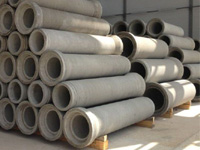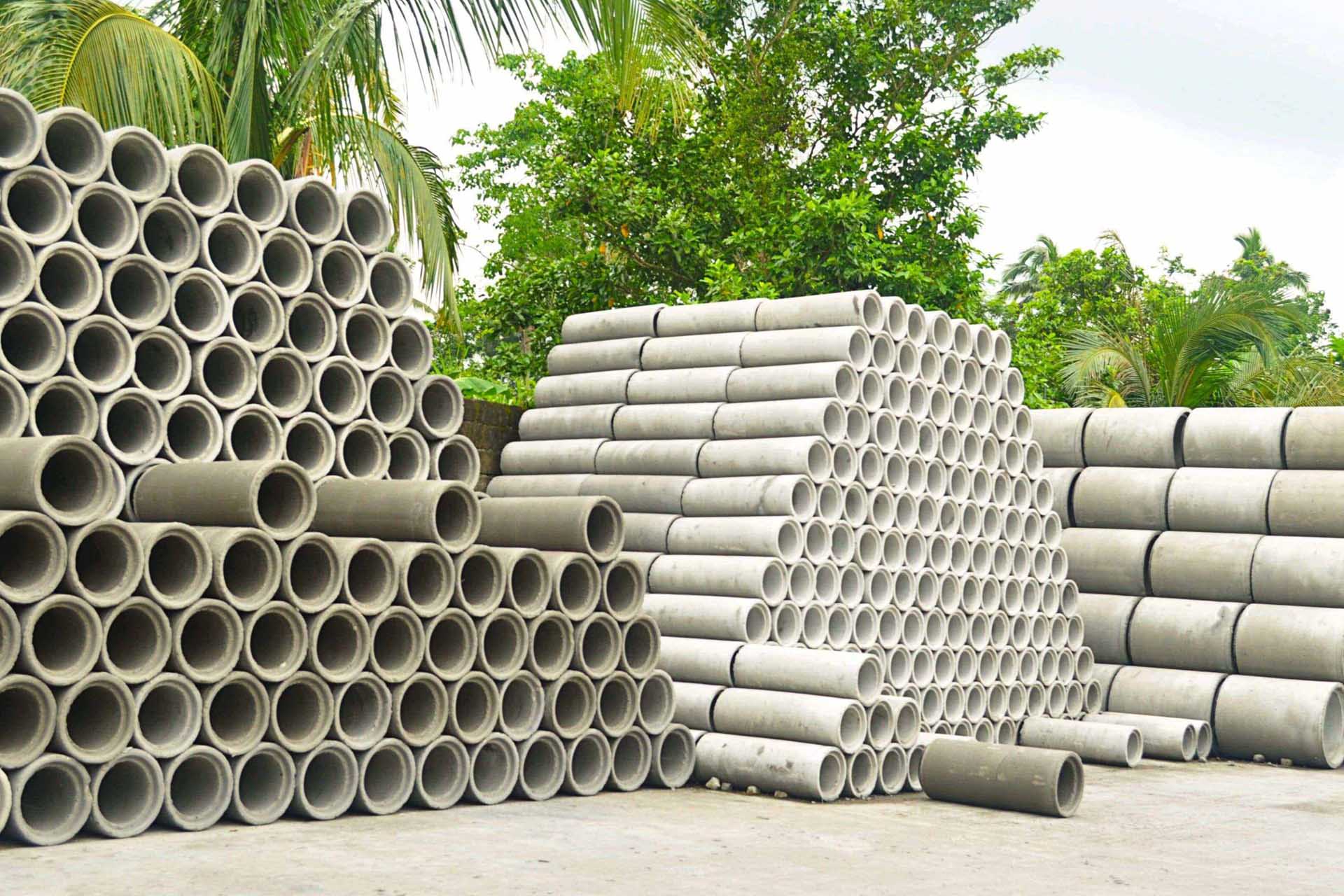Karachi Boundary Wall Hume Pipes

Hume pipes, also known as spun pipes or reinforced concrete pipes, are integral components of modern drainage systems, offering efficient conveyance of wastewater, storm water, and sewage. This comprehensive guide explores the significance, manufacturing process, applications, and benefits of Hume pipes, highlighting their crucial role in ensuring effective drainage infrastructure. omponents of modern drainage systems, offering efficient conveyance of wastewater, stormwater, and sewage. This comprehensive guide explores the significance, manufacturing process, applications, and benefits of Hume pipes, highlighting their crucial role in ensuring effective drainage infrastructure.
Significance of Hume Pipes
Hume pipes play a vital role in facilitating the safe and efficient disposal of wastewater and storm water in urban, rural, and industrial areas. They provide a durable and reliable solution for conveying fluids underground, minimizing the risk of flooding, water logging, and environmental contamination. Hume pipes are essential components of drainage networks, culverts, irrigation systems, and sewage treatment plants, contributing to the overall functionality and sustainability of infrastructure projects.The
Manufacturing Process
The manufacturing process of Hume pipes involves several steps:
- Concrete Mix Preparation: A carefully proportioned mixture of cement, aggregates (such as sand and gravel), and water is prepared to achieve the desired strength and consistency.
- Spinning and Molding: The concrete mixture is poured into steel molds of varying diameters and lengths. The molds are then spun at high speeds to distribute the concrete evenly and compact it against the inner surface of the mold.
- Curing: After spinning, the pipes are cured in a controlled environment to allow the concrete to gain strength and durability. Curing methods may include steam curing, water curing,
- Quality Control: The finished Hume pipes undergo rigorous quality control tests to ensure compliance with industry standards and performance specifications. Tests may include compressive strength tests, water absorption tests, and dimensional checks to verify the integrity and durability of the pipes.
Benefits of Hume Pipes
Hume pipes offer numerous benefits, including:
- Durability: Hume pipes are made of reinforced concrete, which provides excellent strength, durability, and resistance to corrosion, abrasion, and environmental factors.
- Ease of Installation: Hume pipes are lightweight and easy to transport, handle, and install, reducing construction time and labor costs associated with drainage projects.
- Smooth Flow Characteristics: The smooth interior surface of Hume pipes ensures efficient flow of fluids, minimizing frictional losses and allowing for uninterrupted passage.
- Cost-Effectiveness: Hume pipes offer a cost-effective solution for drainage infrastructure, providing long-term reliability, low maintenance requirements,


